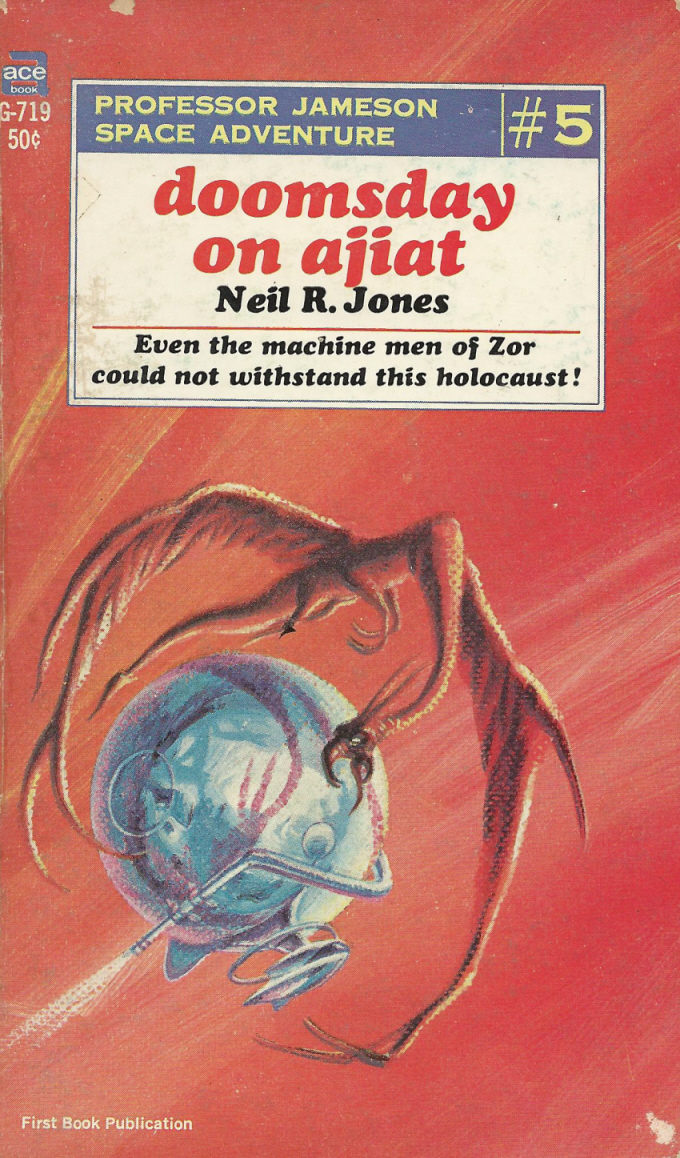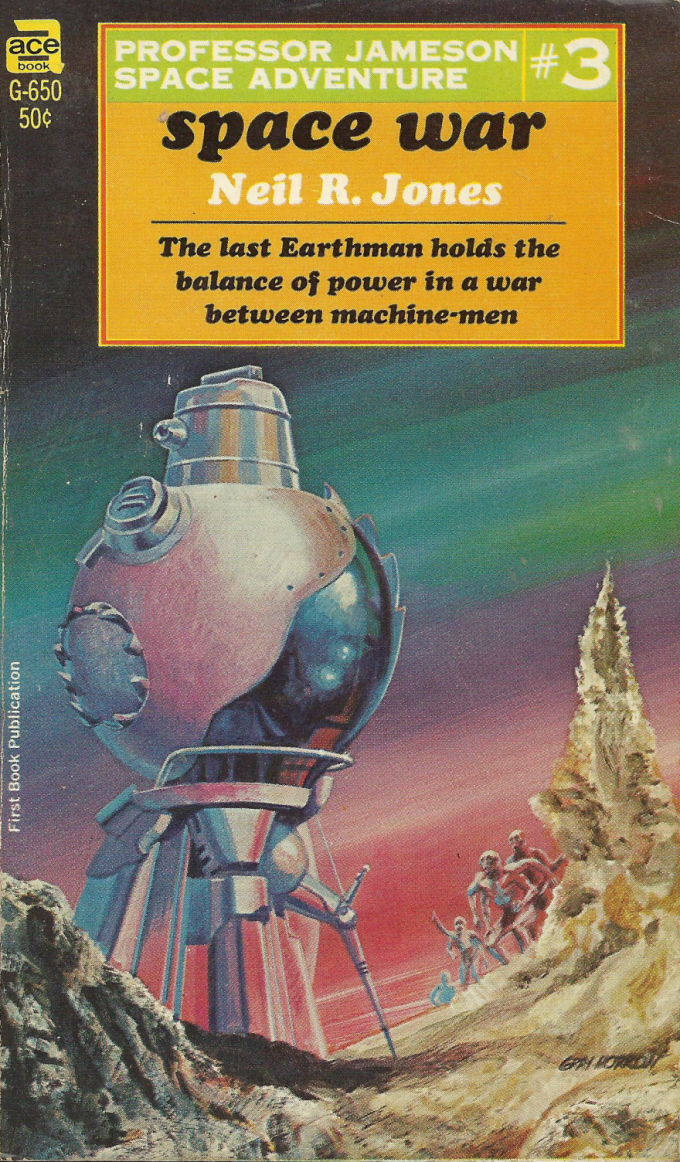“In this episode we have the important job of finding out what Panpsychism is all about, and why the philosophical position is gaining more and more traction in philosophy, but even with physicists and other scientists. The idea that consciousness is the fundamental nature of the physical world is by no means a new one, and it does seem to resolve some of the problems of how consciously experiencing lifeforms could have evolved out of non-conscious non-living material. But most materialists balk at the idea and consider it absolutely bonkers, for reasons we’ll find out as we attempt to pay respect to the criticisms of the position too.”
I will restrain from commenting in depth – since I am neither a philosopher of mind nor able to summarize or disentangle all the various positions presented in this talk by Philip Goff.
So here are some small and very inconsequential personal observations about panpsychism. Talking about or even debating panpsychism was a no-no for a long time and scientific materialism (matter and material electromagnetic processes is all there is) is till the dominant view. Speculative philosophers lying outside the major traditions of philosophy (analytical and continental) such as Alfred North Whitehead and his “philosophy of the organism”- you might say occupy a lateral or transversal position in the history of philosophy since his process philosophy rhymes with a panpsychist or panexperientialist (everything has or is some form of experience) view of fundamental reality. It is also interesting that he did not espouse such a view early on, but gradually after his (and Bertrand Russell’s) groundbreaking work on Principia Mathematica lead him into trouble (Gödel’s incompleteness theorem), he gradually arrived at panpsychism as a way out of the bifurcation of nature that had split reality in separate realms, each endowmed with different degrees of reality. Isabelle Stengers in her opus – Thinking with WhiteheadA Free and Wild Creation of Concepts begs to differ – she’s more interested in how ANW dodges the psyche – and the de-psychologizing – noting that like William James je didn’t affirm that electrons “think like we do”, nor did attribute to the actual occasion a “psychology”, a “subjectivity” or “emotions”. Thus he avoids making human intelligence or psychic powers inevitable privileging human experience, something that happens in the case of a tract ny Russian cosmist Tsiolkovsky “Panpsychism, or Everything feels”.
Caught as we were between the dry certitudes of scientific materialism (matter is all there is) and dualism (separation of questions relating to mind from matter or mind stuff being different from mind/brain stuff), we never even got to entertain a third possibility that seemed too outlandish or too quixotic. This third possibility arose at a specific juncture – with William James being familiar with both new advances in physiology as well as the new (at the time) theory of natural selection and evolutionary descent with modification opened up new and extincting venues that reshaped philosophical questions. Closer to us science came to re-cognize (there is that word again) that there are other minds, and that a mind is not so exotic or such an unique appendage and a privilege. Minds arouse not out of non minds but gradual process. Rudimentary fuzzy, mind-like characteristics abound. This contrasted strongly with a view usually supported by X-Risk thinking circles, one betting on the rarity of human minds and consciousness. Reflexive thinking is according to such a view is an island in a desert of cosmic mindlessness. Panpsychism is a view of plenty – of minding and mindful abundance. This was the weakness of that line of argument.
Do not expect a light-bulb Aha! moment of conscious experience. A more gradualistic explanation derived from biology, especially natural history paleontology and ethology makes us see quorum sensing not very different from nervous cells communicating between themselves. So there’s Emergentist Panpsychism, but also Rusellian Monism (of which Goff might be a proponent if I got that right – not what matter does but what matter is) and panprotopsychist, or say Cosmopsychist or Micropsychist varieties. Let a hundred panpsychisms bloom!
Some sort of agency maybe subtends any form of sentience or responsiveness. In order for minds to be natural we have to adopt an evolutionary, gradual (without gaps or sudden jumps) appearance of consciousness. Clearly this chips at our privileged developed reflexive consciousness. It even leads to even a few apparent paradoxes, such as life as a phenomenon being not primary but ulterior. So mind first and life second. In this frame mind is being a question of degree not of kind! To make it clear, this is a bit more radical than just saying that plants or so-called lower organisms (such as crustaceans to bees) exhibit sentience, this is about even particles exhibiting some form of rudimentary experiential quantum. A lot of this feels a question of language, of finding the proper descriptive level of talking about quantitative (mass, speed, etc) and qualitative qualities (the notorious qualia).
I was always wondering how panpsychism stands in regard to historical materialism or Marxism, and if – General Intellect – can be made to fit with explanations of a more pervasive kind, that puts sapience in perspective and encourage us towards more-than-human intellectual adventures or even seeing our own social being as part of the world, not just an add-on. In fact in the former East Bloc context where scientific materialism was the rule, particularly in Socialist Romania in my own case, the ‘intelligence of matter’ briefly made headlines as psychologist and neurologist Dumitru Constantin Dulcan published his book of essays Inteligenta Materiei (Intelligence of Matter, Editura Militara 1981). Even now it is really interesting to read the responses from various corners (including well-known mathematician Solomon Marcus). Still I wonder if there isn’t also a residue of mystical materialism a la Tsiolkovsky here.
Nuff said – panspychism (as Goff will prove!) has become again salonfähig as the Germans say it. You can talk about panpsychism not only at history of consciousness humanities departments, but also at laboratories and in a scientific context and I swear nobody will call you a nutcase, plain gaga or a fringy lunatic slightly sickish new-age or animist type. That odor that Nagel was calling “the faintly sickening odor of something put together in the metaphysical laboratory”s is apparently gone. Perfect Proof to that is a considerable number of new videos, talks, debates, podcasts on YT and TW. What to choose? Well, I would go for the most passionate and ardent supporters – such as Philip Goff from the University of Durham. Important to add that there is also non-cognitivist position or rather a discognitivist position that try to decenter the brain or the central nervous system in order to get panpsyschism right and not try to priviledge (again) conscious experience or human cognition (for this check Steven Shaviro’s extraordinary book of essays). I think that such fine distinguishing lines (was what separates sentience from sapience? or what have substrate independence and simulation theory have to do with each other?). Another way to see this is by reading Science Fiction – and acknowledging that some of the most incredible ideas about sapient aliens and shipminds help us to think about consciousness too. The ‘Tentacle of Empathy’ seems to be everywhere these days. It also might be that ALL explanations of consciousness might sound crazy one way or another – this is the crazyist position of philosopher Eric Schwitzgebel.
Maybe this is the moment to observe that in the case of Tsiolkovsky, a ln avowed panpsychist akd pioneer of space travel. For me though, he’s basically a kind of militant ‘pansapientist’ monism – using a theory of the psyche (rational, intentional, reflexive, etc) that depreciates or dismisses other modes of thought as inferior. Recognizing that the world feels might not mean automatically that we’re more responsive or tuned to it. Stengers in her inspiring book Thinking with Whitehead from 2002 – in particular Entrée en Métaphysique Chapter explains why this is not the path taken by Whitehead (Tsiolkovsky is not mentioned but contrasting the two helps a lot). Tsiolkovsky recognizes that the universe is alive and feeling, but this not an opening for other ways of becoming or opening up the question to what os it like to he an atom, a body, a tissue etc. It leaves not much room for other modes of thought. We might call this a psychic or cognitive terraforming of the universe, something very close to the X Risk incentive to protect & spread human intelligence in the Cosmos and make sure it will use and unmake every other mind that doesn’t conform to the maximal potential for joyfulness. This gives rise to a sort of ultra-sapient chain of being with atomic adventures inside various organismic (a body, tissues, stones etc see below), and in each one (except if it inside the human) the full potential gets never achieved. Locked up in the unconsciousness and deep unthinking sleep of other lesser modes, they just await the consciousness light-bulb to raise them up to the level of human experience so that their limited notion of past and future can expand. This is what i understand from this fragment:
“In terms of mathematics, the entire universe is alive, but the power of its sensitivity is manifested in all its brilliance only among the higher animals. All atoms of matter feel in keeping with the environment. Finding itself in highly organized beings, atoms life their life and feel their pleasure and pain. If they find themselves in the inorganic world, they sleep, as it were, immersed in a deep state of unconsciousness, in nothingness.Even in a single animal, as they wander around its body, the atoms live the life now of the brain, now of the bones, hair, nails, epithelium, and so on. Meaning that atoms now think, now live like atoms imprisoned in stone, water, or air. Now they sleep, with no awareness of time; now they live for the moment, like the lower beings; now they are aware of the past and paint a picture of the future. The more organized the being, the farther this notion of future and past extends.”― Konstantin Tsiolkovsky, Panpsychism






